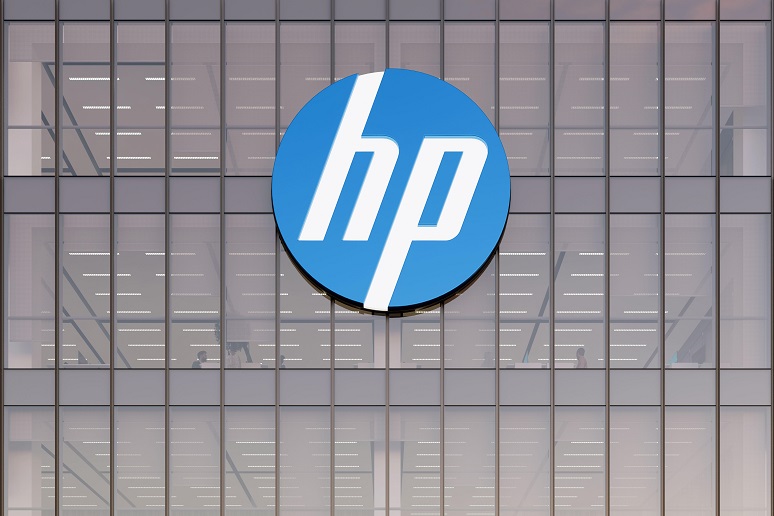Whether it’s returning to the office or re-designing a workspace, workplace leaders have no shortage of opinions and information to influence how they enact workplace changes. While workplace thought leaders and analysts could shed light on how best to effect change, enterprise leaders might want to take a step back and focus their efforts on how employees are feeling and the workplace changes that would make employees' lives better. That was the approach technology company HP took in designing and executing its return-to-office (RTO) strategy.
At the commercial real estate trade show
CoreNet Global Summit North America, which took place November 1-3, 2022, in Chicago, Ill., Cliff Wagner, head of corporate real estate and workplace services for HP, shared his experience implementing a return-to-office (RTO) plan and how he leveraged data and employee sentiment in the process.
Challenging Workplace Assumptions With Empirical Data
When Wagner and his team were tasked with the RTO project, he knew that he had to ditch the workplace anecdotes of what people thought would lead to increase office visits and gather empirical data on what would actually improve the in-office employee experience. To get this data, Wagner and the RTO team did one thing that many workplace leaders do in this situation: survey employees on how they feel about the workplace today.
Instead of simply creating a survey and sending it out into the world, Wagner and other leaders at HP campaigned to ensure as many employees would participate in it as possible. With the campaigning, workplace leaders also took time to explain the importance of the survey and how the data from it would highlight areas of investment and lead to changes in the workplace, he added. “By getting out there, [and] by talking about the importance in the investments that may follow, we were able to get over 50% return,” Wagner said.
Wagner also noted that while the survey gave a snapshot of how employees are currently feeling about the workplace, it’s important not to forget that employee preferences can and do change over time. "This should be part of a holistic strategy of talking to your employees," Wagner said. In addition to surveys, workplace leaders have other tools to gain insight from employees directly, including through focus groups, and these channels also need to be taken into consideration when making workplace changes.
Survey Found: Better Tech, Fewer Coffee Bars
Upon the survey completion, Wagner and his RTO team had empirical data on what employees wanted and insight into the type of investments that could improve the employee experience. Some of the key highlights from the survey included:
- Employees come into the office for connections and face-to-face interactions: The two top reasons why employees chose to come in were face-to-face meetings with contributors or vendors and to be among their team and managers.
- Commuting is a key reason people prefer working from home: Though there were some lingering COVID-related concerns, many employees didn’t come into the office because they didn’t want to commute, Wagner said.
- Workplace amenities need to focus on collaboration: Employees ranked dual monitors, meeting room technology for hybrid work, ergonomic chairs, and adjustable desks over amenities like coffee shops, fitness centers, outdoor recreation areas, and the like.
Beyond understanding what employees wanted out of the office – and finding the investments to match these findings – Wagner and his team were also able to come up with a baseline projection of how many employees HP executive leadership could expect back in the office. They estimated that HP would see roughly half as many people back in the office as they did before the pandemic. And upon reopening the offices and making investments to match these concerns, they saw 35% of the workforce heading back into the office (within their estimates), compared to occupancy rates of 68-70% pre-pandemic.
Cross-department Collaboration Crucial to the Future of Work
A big part of the success of HP’s RTO strategy also came down to building a cross-department team and leveraging expertise from the real estate firm Cushman & Wakefield. "It's so important to bring your friends and colleagues with you. I think that out of everything that we learned [you need] to bring HR on board, … cybersecurity, [and] the site leadership," Wagner said. "This is truly a group effort."
This cross-department collaboration is something that
we’ve discussed on WorkSpace Connect multiple times before. As workplaces look to build out their vision of the future of work, they will need cross-department collaboration between HR, IT,
facilities management, real estate, and other business units to make it happen. As the HP case shows, they will also need to rely on data in a variety of forms to ensure the workplace investments are delivering on the promise of improving the employee experience.




